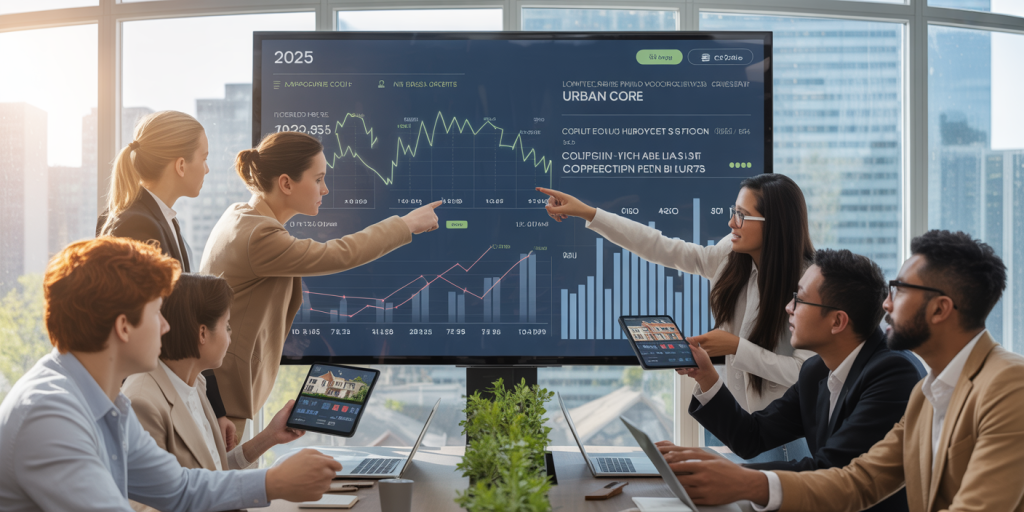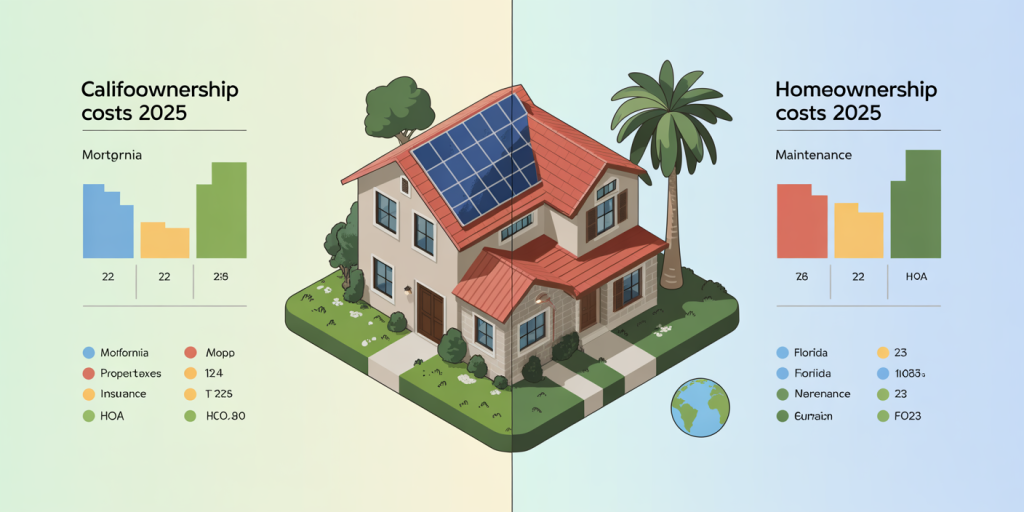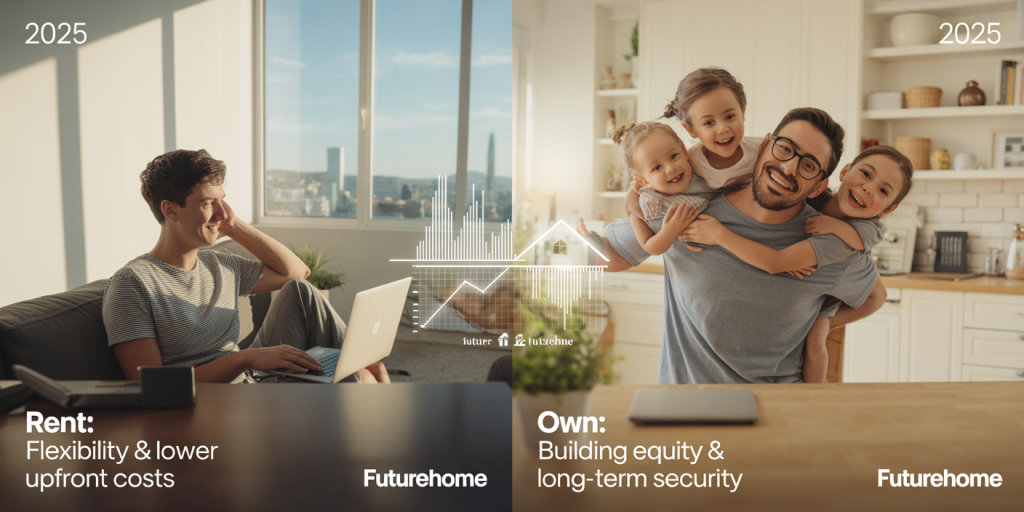The decision to buy a home has long been a significant milestone, often viewed as a symbol of financial stability and personal success. However, as we advance into 2025, fluctuating economic conditions, evolving real estate markets, and shifting lifestyle preferences are causing many prospective buyers to reconsider whether purchasing a home is still a practical investment. This article will delve into the current state of the housing market, analyze the pros and cons of homeownership, compare renting versus buying, and explore future trends to help readers make informed decisions.
Current Real Estate Market Overview in 2025
The real estate market entering 2025 is characterized by a combination of rising interest rates and persistent housing supply constraints. According to the National Association of Realtors (NAR), the average mortgage interest rate for a 30-year fixed loan stands at approximately 6.5%, a significant increase from the historical lows of 3% seen in the early 2020s. This rise in borrowing costs is impacting affordability for many first-time buyers.

Despite these challenges, home prices remain relatively high but have shown signs of leveling off in many urban areas after years of rapid expansion. In cities like Austin and Raleigh, which saw average home price increases of over 15% annually between 2018 and 2022, 2024 and early 2025 have witnessed more modest growth rates closer to 3-5%. The ongoing shortage of available listings—due partly to limited new construction and homeowners hesitating to sell—continues to create competitive bidding environments.
For example, Jane and Michael, a young couple in Chicago, found that despite their excellent credit scores and steady incomes, the jump in mortgage rates increased their monthly payments by nearly $500 compared to just two years ago. This scenario is reflected nationwide, contributing to a slowdown in home sales and increasing scrutiny over the value proposition of homeownership.
Financial Considerations: Costs Beyond the Price Tag
Purchasing a home is far more than just the sticker price or the monthly mortgage payment. Prospective buyers must account for property taxes, homeowners insurance, maintenance, repairs, and possible homeowners association (HOA) fees. The U.S. Census Bureau estimates that maintenance and upkeep run homeowners about 1% to 4% of the home’s value annually, meaning a $400,000 property could cost between $4,000 and $16,000 each year just to maintain.
Additionally, property taxes vary substantially by state and even municipality. For instance, in New Jersey, the average effective property tax rate is about 2.4%, significantly higher than the 0.7% rate in Alabama. These disparities can drastically affect the overall cost of homeownership and must be factored into budgeting.
Consider the case of Robert, who bought a suburban home in Seattle in 2023. Shortly after moving in, he faced unexpected expenses such as a roof replacement, expensive landscaping, and an HOA fee increase. These costs added hundreds of dollars to his monthly budget, challenging the narrative that homeownership automatically leads to cost savings compared to renting.
| Expense Category | Average Annual Cost (USD) | Notes |
|---|---|---|
| Mortgage Payments | $18,000 – $24,000 | Based on 6.5% interest rate, varies with loan |
| Property Taxes | $3,000 – $9,600 | Highly variable by region |
| Homeowners Insurance | $1,200 – $1,800 | Depends on location and property type |
| Maintenance & Repairs | $4,000 – $16,000 | 1%-4% of property value annually |
| HOA Fees | $0 – $5,000 | Only applicable in some communities |
This table illustrates typical costs associated with homeownership, highlighting the importance of comprehensive financial planning beyond initial purchase.

Renting vs. Buying: A Comparative Perspective
When deciding whether to buy a home, it’s essential to compare the costs and benefits of renting versus purchasing. Renting offers flexibility, limited responsibilities, and predictable monthly expenses, while buying builds equity and often provides tax advantages.
According to a 2024 study by Zillow, the national median rent has increased by 12% over the past three years, while home price appreciation has slowed. This trend has narrowed the price gap between renting and owning in several metropolitan areas, particularly in coastal cities such as San Francisco and New York, where renting might still appear more financially viable for many.
To illustrate, let’s compare the monthly costs and equity accumulation potential for a hypothetical two-bedroom home in Dallas, Texas:
| Factor | Renting (Monthly) | Buying (Monthly Mortgage + Expenses) | Notes |
|---|---|---|---|
| Rent | $1,800 | N/A | Market average for two-bedroom |
| Mortgage Payment | N/A | $1,500 | Principal and interest at 6.5% |
| Property Taxes | N/A | $300 | Estimated annual tax rate 2.4% |
| Insurance | N/A | $100 | Homeowner’s insurance cost |
| Maintenance Costs | N/A | $200 | Average monthly maintenance |
| Total Monthly Outflow | $1,800 | $2,100 | Buying more expensive monthly |
| Equity Gained Monthly | $0 | $700 | Portion of payment increases equity |
Although buying may result in higher monthly cash outflow, the equity savings of approximately $700 per month present a long-term financial benefit not available to renters. However, buyers must also consider factors such as job stability, mobility needs, and upfront costs like down payments, closing fees, and moving expenses.

Market Risks and Resale Considerations
The housing market, like any investment, carries inherent risks. One critical concern for prospective buyers in 2025 is price volatility. Regions dependent on particular industries or affected by climate change may experience downturns that reduce property values. Recent examples include parts of Florida where increasing frequency of hurricanes has caused fluctuations in home prices and insurance affordability.
A practical case is the city of Phoenix, Arizona, where rapid population growth drove home price increases of over 20% annually between 2019 and 2022. However, a recent cooling triggered by inflation fears and rising mortgage rates resulted in a 5% price drop in late 2024. Homeowners who purchased at peak prices could face negative equity risk if the market softens further.
Moreover, resale timelines vary; some homes may stay on the market for months before selling, especially in less desirable locations. This possibility underscores that buying a home should not be viewed purely as a “quick flip” investment but rather a long-term commitment.
Lifestyle Factors and Psychological Benefits
Homeownership is not solely a financial decision—it also influences lifestyle and emotional well-being. For many, owning a home provides a sense of stability, community, and autonomy. Families tend to invest more in neighborhoods where they own, contributing to social cohesion and property upkeep.
During the COVID-19 pandemic, in particular, many buyers sought homes with increased space for remote work and recreation, often at the expense of longer commutes. This shift illustrated that personal priorities sometimes outweigh pure financial metrics when choosing to buy.
Nevertheless, flexibility remains key for some demographics, such as young professionals or retirees who prioritize mobility and may prefer the convenience of renting, especially in urban centers with vibrant social and cultural amenities.
Future Perspectives: Navigating Homeownership Trends Beyond 2025
Looking ahead, the future of home buying in 2025 and beyond will likely be shaped by technological innovation, demographic shifts, and evolving economic forces. Smart home technologies, including energy-efficient systems and AI-driven home management, may increase home values and appeal.
Government policies aimed at expanding affordable housing, promoting sustainable building practices, and adjusting tax incentives will also influence accessibility. For example, some states have proposed revising property tax structures to alleviate burdens on middle-income homeowners, thereby encouraging more equitable homeownership.
In addition, the rise of remote and hybrid work models may permit more buyers to consider suburban or rural properties previously deemed too distant from employment centers. This decentralization trend may balance price pressures in metropolitan cores and open new investment opportunities.
However, prospective buyers should continue to monitor mortgage rates and inflation trends carefully. Financial experts suggest locking in fixed rates during periods of anticipated economic uncertainty to protect long-term affordability.
Ultimately, the decision to buy a home in 2025 should be personalized, factoring in financial readiness, lifestyle goals, local market conditions, and risk tolerance. For many, homeownership remains a promising path to wealth building and life satisfaction, while for others, alternative living arrangements may prove more practical.
—
With evolving market dynamics and a complex interplay of financial and personal considerations, buying a home in 2025 is still worth it for many but demands careful analysis and strategic planning. As the landscape changes, informed decisions rooted in data and real-world examples will empower buyers to maximize returns and secure stable living environments.

Deixe um comentário